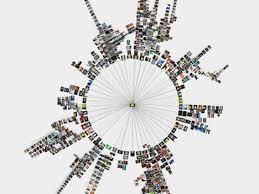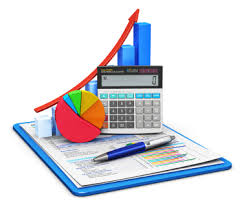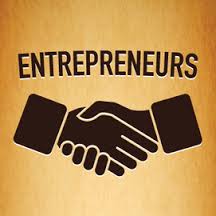Information Design
Information Design is connected with effective presentation of content on screen. Its main aim is to optimise communication by organising information in a cohesive and pleasing layout. When creating a layout, the principle output of the Designer is called a ‘wireframe’.
A wireframe is the basic outlook of a web page exclusive of all the elements, design and colour. It simply shows where the content could be placed for the purpose of a good communication. It solely depends on graphic designer where to take the things and do it as according.
Visual Design
Visual Design is what most people think of when they consider web design is, i.e. cool online graphics. However, this phase of production is much too important to decided based on what is thought ‘cool’ or not. Rather, it should be based on how well it matches:
• The goals of the site.
• The expectations of users.
• The values of your organisation.
When evaluating a Visual Design, it is crucial that analysis remain as dispassionate as possible. While everybody has colour preferences, they are usually not relevant. Instead, you should call on the expertise of the Graphic Designer (or usability data) to understand the merits of a potential solution.
Having said that, some type of debate is probably inevitable, simply because Visual Design is often the most sensitive phase of all site development. The challenge is to keep deliberations focussed and prevent a battle emerging over colours or images.
In this regard, it is worth emphasising that the expertise of the Designer (together with the results of any usability studies) should be paramount. Only she has the training, skills and experience necessary to determine what does and does not work visually on the web. Based on this advice you can then select a preferred solution.
Usability Explained
Usability is a term often used during website development. It has 2 distinct definitions.
Definition 1: Usability encompasses quality attributes that determine how easy a design is to use. There are 5 attributes of something that is “usable” :
• It is easy to learn how to use it.
• It is efficient of use
• It is easy to remember how to use it.
• The possibility of errors happening is quite low.
• People feel satisfied when using it.
Definition 2: Usability refers to methods used to achieve ‘usability’ during the design process. These methods are also referred to as User Centered Design, User Experience Design or UX Design. Some methods include (some of these are explained in this document):
• Personas
• Card sorting
• Wireframes
• Expert/heuristic review
Your designer will employ whatever methods are appropriate to produce a usable website, within the constraints of your budget





11 Comments. Leave new
Well written
Web designed Explained in a very nice way!!
Well explained.
got to learn a lot
Good job.
Good work!
Full of information. A great article.
Going thought your article one by one 😀
Simply awesomeee 😀
VEry Well Wriiten 😀
Good work
Great efforts ?
Well explained 😀